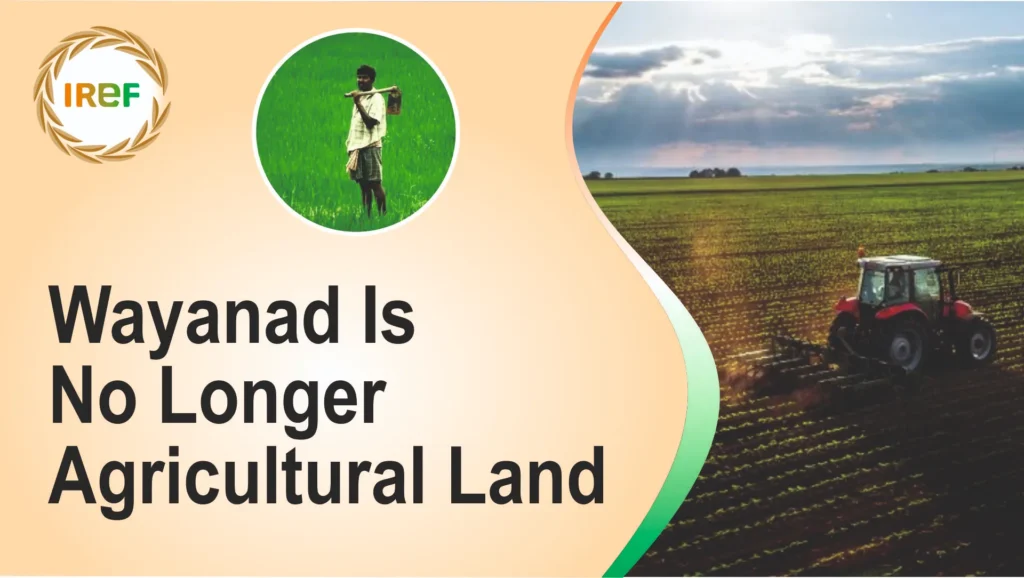Wayanand is no longer an agricultural land. According to statistics, Paddy cultivation has declined by 621 hectares as compared to last year. Notably, the cultivation is declining by 500 to 600 hectares every year. This decline has been happening for the last 5 years. Although now the time has come for balanced cultivation of rice and other crops but several fields are still lying fallow without cultivation. In this scenario, farmers are withdrawing from the sector as paddy cultivation has become less profitable. However, many people in the district, including traditional farmers, continue to cultivate it despite losses. Apart from this, there are numerous farmers leaving their paddy fields fallow or leasing them out for banana cultivation. Not only this, many have given up paddy cultivation forever and are growing crops like Kamuk in their fields. Lack of encouragement for paddy cultivation from the agriculture department and changing weather are discouraging farmers.
Paddy cultivation in the district has witnessed a sudden decline, falling from over 21,000 hectares in 1990 to just 6,554 hectares in 2024. While some farmers have opted for new paddy seeds, they report fewer profit gains. Several former paddy fields have been transformed into banana, coconut, and cardamom plantations, whereas others have been overtaken by housing and commercial development.
According to agricultural data, in the last five years, the area under paddy cultivation has reduced by 1,500 hectares. In 2020–21, paddy was grown on nearly 8,000 hectares. Though there was a brief uptick in 2021 and 2022, the overall trend remains downward. Fallow land is also on the rise.
A significant contributing factor to this decline is the severe shortage of agricultural labour. Farmers cited that several workers now prefer jobs under employment guarantee schemes during the transplanting season, instead of paddy fields, leading several farmers to abandon transplanting in favour of sowing to decrease their reliance on labour. A steep rise in production costs is making paddy cultivation less viable. Farmers assert that rice farming may further decline, affecting the region’s agricultural balance and rural livelihoods.



